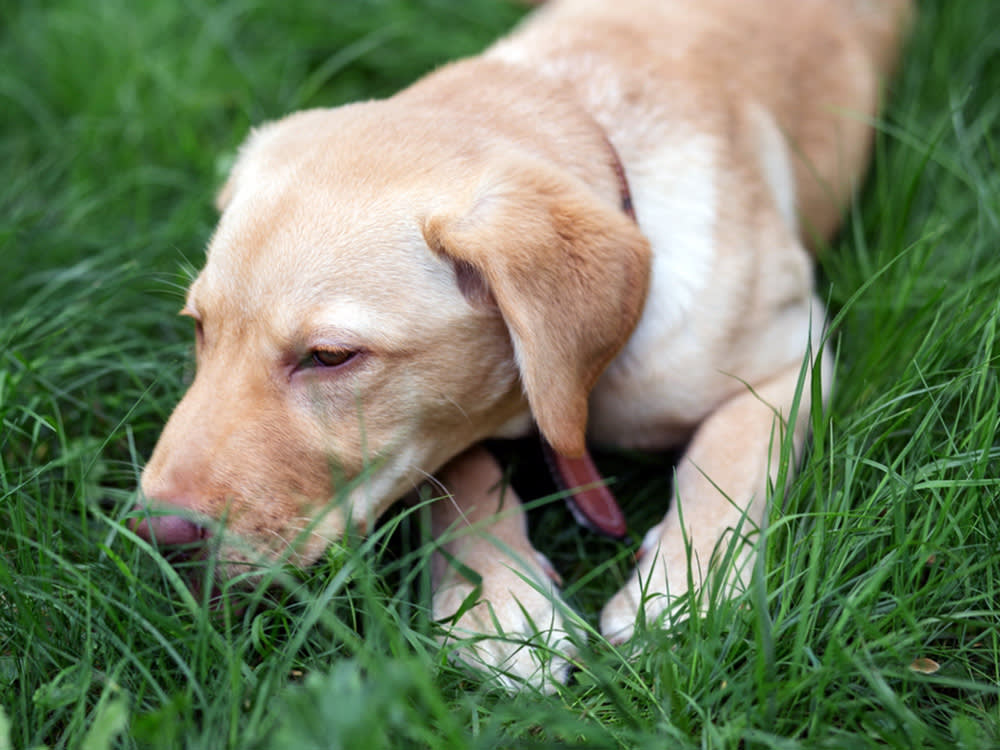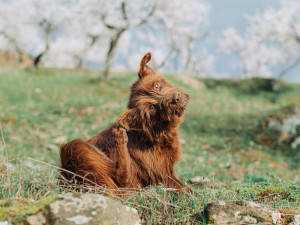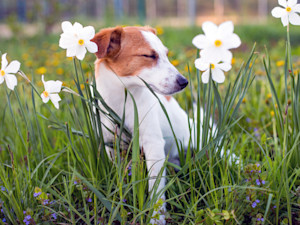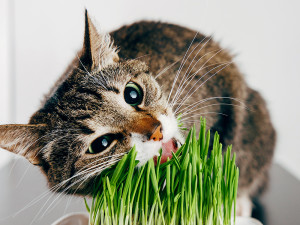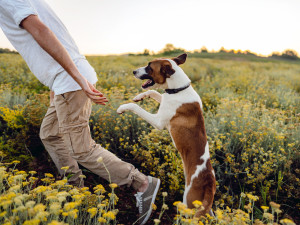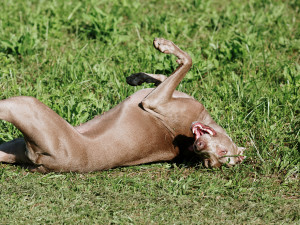Health Warning as Pet Parents Urged To Keep Animals Indoors During Peak Pollen Times
Pet parents are being urged to keep their pets indoors during peak pollen times “until September”
As hay fever season kicks into high gear, Pets at Home is urging pet parents to keep their four-legged family members indoors during peak pollen times “until September”. The advice, aimed at mitigating the hay fever woes that increasingly affect our pets, comes amid rising concerns about the impact of pollen on our pets and other animals.
Whilst hay fever is a well-known seasonal plight for humans, many pet parents are unaware that their cats and dogs can also suffer from hay fever symptomsopens in new tab. Hay fever, or allergic rhinitis, occurs when the immune system overreacts to allergens, in this case, pollen. In pets, these reactions can manifest somewhat differently compared to humans.
Get (totally free) deals for food, treats, accessories, tech and way more pet parenting must-haves.
While we might experience the delightful symptoms of sneezing, with red, watery eyes, our pets experience a different set of symptoms. According to Dr Karlien Heyrman, head of pets at Pets at Homeopens in new tab, dogs and cats can exhibit signs such as itching, redness and respiratory distress throughout the season.
Dogs are particularly susceptible to environmental allergens. Unlike humans, who often experience nasal symptoms, dogs typically show skin-related signs. “A very common symptom is itching, so it’s important to watch out for any excessive scratching, nibbling and licking on areas including their paws, eyes, ears, mouth,” says Dr Heyrman.
“This can cause your pet’s skin to appear red, sore or flaky and, in very severe cases, can lead to the skin getting infected and them losing patches of fur. Make sure to seek advice from your vet if the skin becomes particularly inflamed.” Common hay fever symptoms in dogs include:
Itchy skin and dermatitis: dogs may scratch excessively, leading to red, inflamed skin.
Ear infections: repeated shaking of the head and scratching at the ears are indicators of possible infections driven by allergies.
Respiratory issues: though less common, some dogs might develop a cough or exhibit wheezing.
Cats are equally vulnerable to pollen allergies, though their symptoms can be more subtle and varied. Feline hay fever can present through:
Excessive grooming: cats may over-groom themselves in an attempt to soothe itchy skin, sometimes leading to bald spots or sores.
Sneezing and nasal discharge: similar to humans, cats can develop a runny nose and sneezing fits.
Asthma-like symptoms: some cats might experience difficulty breathing or exhibit signs of feline asthma, such as wheezing.
Depending on where you live in the UK, hay fever season will start at different times. Tree pollen occurs first, typically from late March to mid-May and affects around 25 percent of people, according to the Met Officeopens in new tab. Grass (which actually has two peaks) lasts from mid-May until July, and weed pollen covers the end of June to September. “It’s also worth remembering that different kinds of pollen can trigger hay fever in your pet, so keeping a diary of their symptoms can help you identify the most probable cause,” says Dr Heyrman.
Urban areas generally have lower pollen counts than the countryside, however, urban areas tend to have more dense areas of high tree pollen, so cities aren’t completely immune. Inland locations tend to have higher pollen counts than around the coast.
As Pets at Home suggests, keeping your pets indoors during high pollen times is one of the most effective ways to reduce exposure. “While you can’t prevent hay fever entirely, there are steps you can take that can help decrease your pet’s exposure to pollen,” says Dr Heyrman.
“If possible, avoid going outdoors when the pollen count is at its highest, which is usually around midday in the months between late March and September. It’s best to go for walks early in the morning or late at night instead, when the pollen count is lower – the Met Office shares the latest pollen count on its website.”
Dr Heyrman also suggests wiping down your pup’s paws after walks to help to remove any lingering pollen, and regularly bathing your pet to calm their skin if they’ve been in touch with any allergens. Regularly clean the home (with pet-friendly cleaning products, of course), wash your pets bedding and blankets, and vacuum often, preferably with a high-efficiency particulate air (HEPA) filter in place, to reduce pollen and allergens indoors.
Try to keep both cats and dogs from rolling or lying in grass for long periods of time (easier said than done) to prevent them itching all day long, and maintain a weed-free and pet friendly garden where possible to help even further. Simply watering your garden or outdoor plants can help, too, as it prevents the pollen from spreadingopens in new tab in the air.
If your pet’s hay fever symptomsopens in new tab persist despite your best efforts, it’s crucial to seek veterinary advice. Persistent itching, severe discomfort or respiratory issues warrant a professional evaluation to rule out other potential causes and to ensure your pet receives the appropriate treatment.
